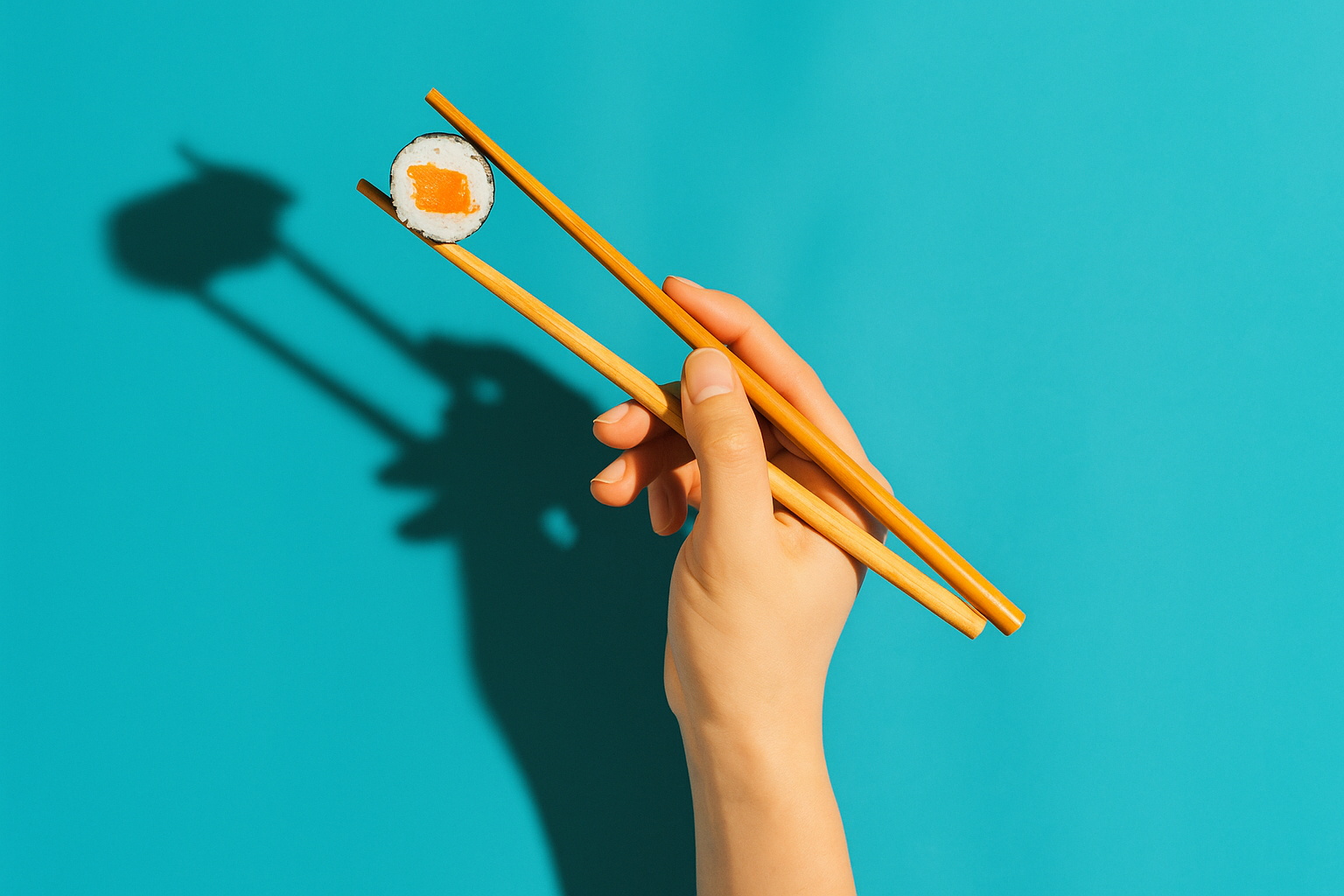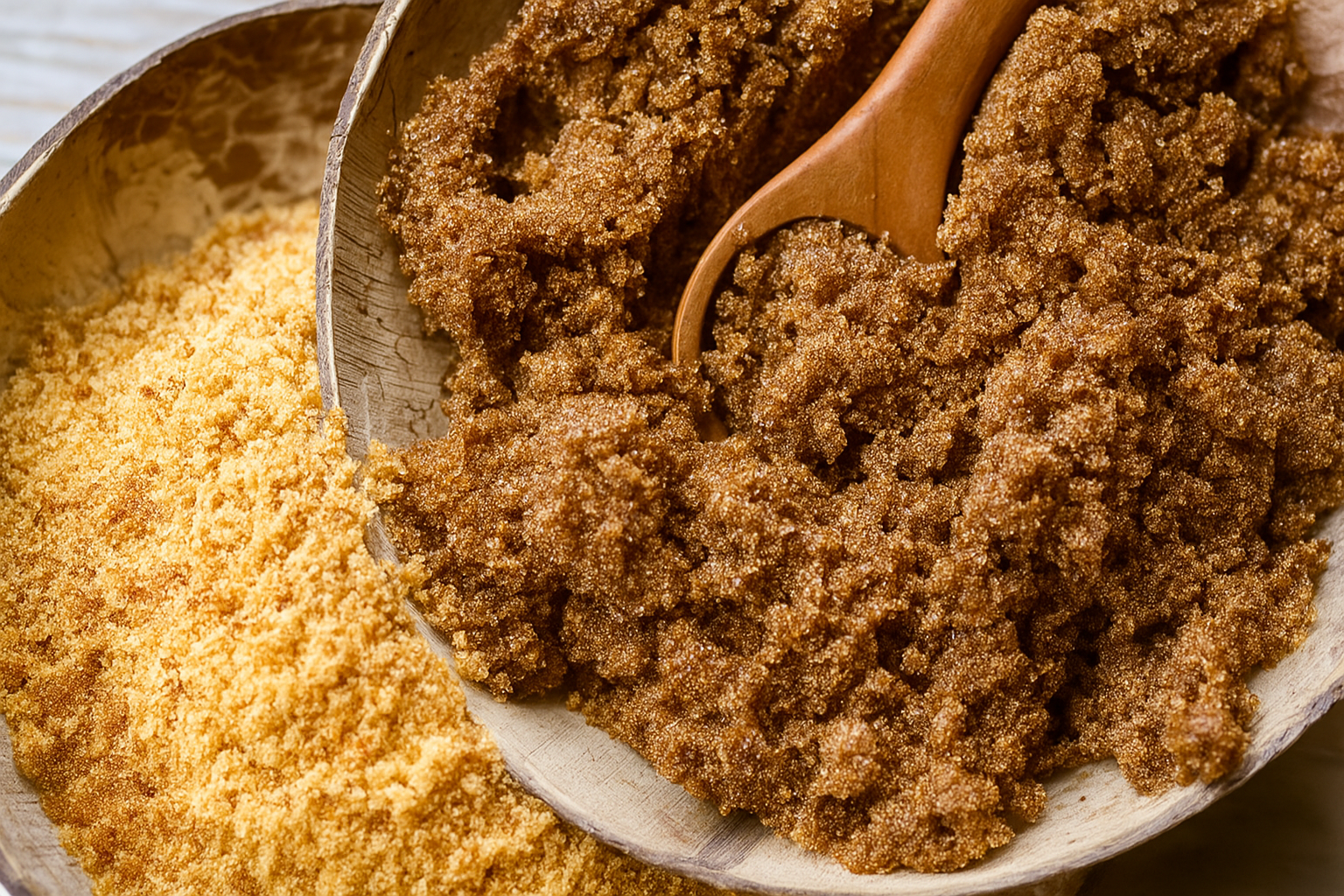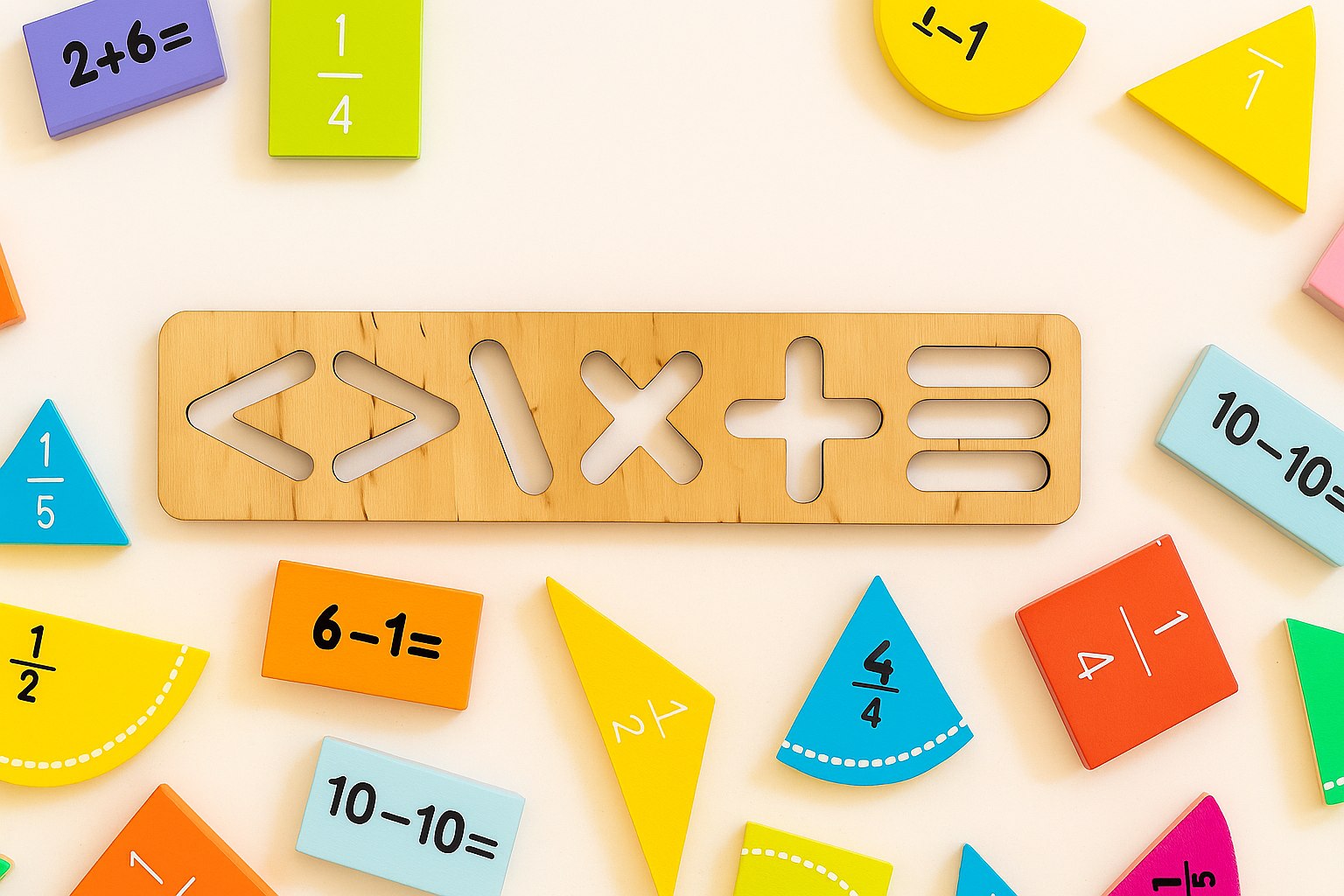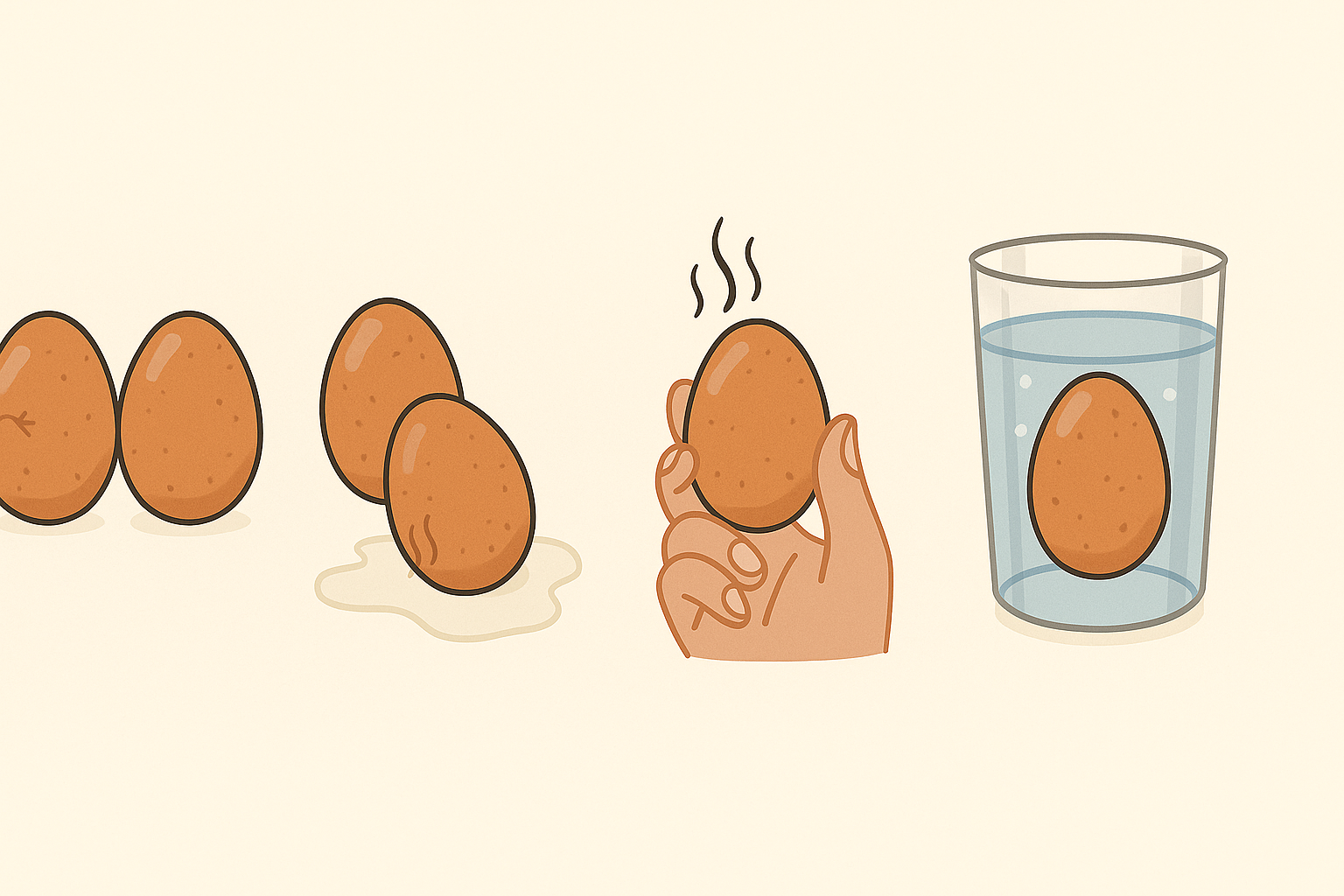What Are Chopsticks?
Chopsticks are a pair of small sticks, usually made of wood, bamboo, plastic, or metal. They are held in one hand and used to pick up food by pinching it between the two sticks. Chopsticks are not only eating tools but also hold cultural significance in many East Asian societies.
Why Learn How to Use Chopsticks?
Learning how to use chopsticks is not just about impressing your friends at a sushi bar. It’s about understanding and appreciating another culture. Plus, many dishes are designed to be eaten with chopsticks. Mastering them gives you a better experience when eating Asian food and shows respect for the traditions of the cuisine.
Step-by-Step: How to Use Chopsticks Properly
Let’s break it down into simple steps that anyone can follow.
Step 1: Hold the First Chopstick Steady
- Take one chopstick and place it in the space between your thumb and index finger.
- Rest the bottom end of the chopstick on the side of your ring finger.
- This chopstick stays still — it acts as the base.
Step 2: Grip the Second Chopstick
- Take the second chopstick and hold it like you would hold a pencil.
- This stick is controlled by your thumb, index finger, and middle finger.
- Unlike the first chopstick, this one moves to grip and pick up food.
Step 3: Practice the Pinching Motion
- Move the top chopstick up and down while keeping the bottom one still.
- The ends of the chopsticks should align so that they can pinch food between them.
Tips for Beginners
Learning how to use chopsticks takes a little practice. Here are some tips to help you succeed:
- Start with Large Food Items: Begin with foods that are easy to pick up, like chunks of vegetables, tofu, or sushi.
- Avoid Slippery Foods at First: Noodles and small rice grains can be frustrating for beginners.
- Use Trainer Chopsticks: Some restaurants offer chopstick helpers for kids — you can use them too!
- Don’t Squeeze Too Hard: Pressing too hard can make the chopsticks cross and lose grip.
- Practice Daily: Try using chopsticks with snacks like popcorn, cheese cubes, or fruit pieces to build muscle memory.
Common Mistakes to Avoid
Many beginners make the same mistakes when learning how to use chopsticks:
- Crossing the chopsticks: This makes gripping food harder.
- Using them like tongs: Chopsticks work more like tweezers than salad tongs.
- Holding them too close to the food: Always grip them toward the top, not the middle or bottom.
- Moving both sticks: Only the top chopstick should move — keep the bottom one stable.
Chopstick Etiquette Around the World
Chopstick customs vary by country. Here are a few important dos and don’ts:
In China:
- Do not stick chopsticks upright in a bowl of rice — it resembles a funeral offering.
- Do use a serving spoon or communal chopsticks when sharing food.
In Japan:
- Do not pass food from one set of chopsticks to another — it’s linked to funeral rites.
- Do place chopsticks on the holder (if provided) when not in use.
In Korea:
- Do not hold the rice bowl while eating like in other Asian countries — leave it on the table.
- Do eat with a spoon and chopsticks together, especially for soup or rice.
How to Pick the Right Chopsticks
There are different types of chopsticks for different cuisines:
- Chinese chopsticks: Usually longer and thicker with blunt ends.
- Japanese chopsticks: Shorter with tapered ends — great for picking up small pieces.
- Korean chopsticks: Often made of metal, flat, and paired with a spoon.
Choose the one that feels most comfortable in your hand when practicing.
Chopsticks and Children
If you’re teaching your child how to use chopsticks, consider these tips:
- Use training chopsticks with loops or springs.
- Make a fun game out of picking up different food shapes.
- Be patient — it may take a few weeks of consistent practice.
Benefits of Using Chopsticks
Aside from cultural appreciation, there are actual health and lifestyle benefits:
- Slows down eating: Encourages mindful eating and better digestion.
- Improves hand coordination: Great for developing fine motor skills.
- Portion control: You eat in smaller bites, which can help with weight control.






Leave a Reply